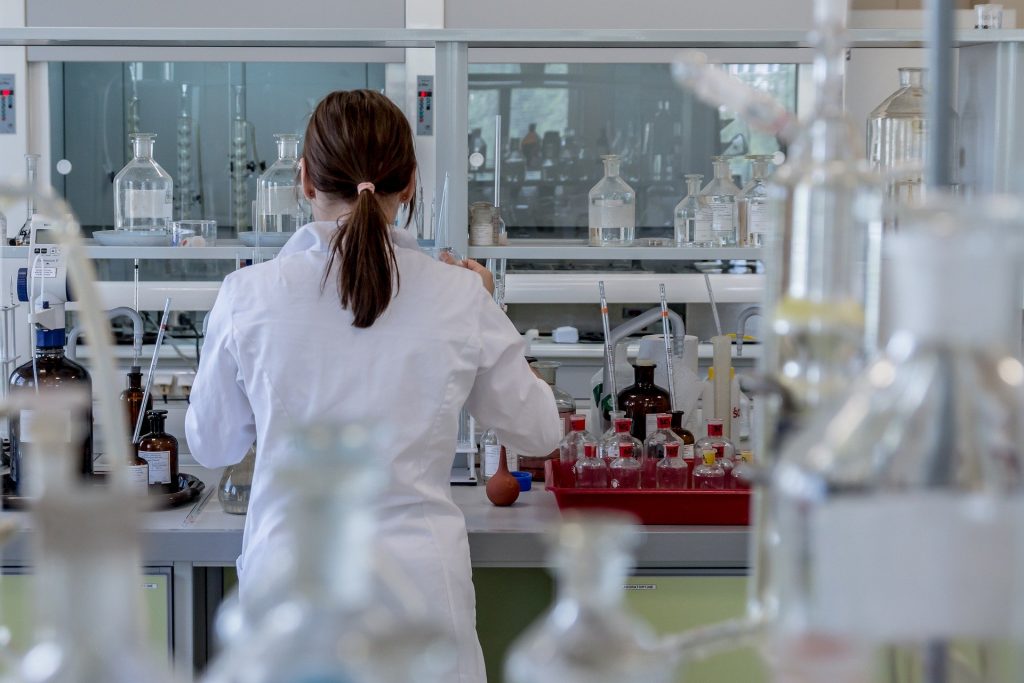ICP Solutions: AES or Mass Spectrometry?
Among the most sensitive techniques available to biomedical experts and life scientists today, inductively coupled plasma (ICP) spectrometry enables trace element analysis of a wide range of sample types. Using a high precision electromagnetic array with a plasma torch and an integrated spectro-analytical detector, ICP solutions can reliably determine numerous chemical elements present in a sample down to the trace and ultra-trace levels. This analytical prowess means there are myriad ICP applications, from construction materials screening to biomedical research.
Understanding ICP Solutions
Part of the reason why ICP applications are so varied comes down to the outstanding flexibility of the method itself. A typical ICP array can be coupled with a choice of detectors, primarily an atomic emission spectrometer (AES) or a mass spectrometer (MS). Each technique empowers operators to build robust test reports for multi-element analysis at the sub-parts per million (ppm) range for virtually every chemical on the periodic table.

ICP Solutions: Atomic Emission Spectrometry
Atomic emission spectrometry (AES), is based on the analysis of light discharged from atoms as they move from an excited into a low energy state. These wavelengths are characteristic of specific elements on the periodic table. By atomizing a liquid sample with a high-energy argon torch, and analyzing the emission spectra using an optical spectrometer, ICP-AES can be used to generate a detailed spectrum of the sample’s chemical makeup.
ICP solutions based on optical spectrometry (AES, OES, etc.) are commonly employed in industrial areas of application, including bunker and motor oil analysis, mineral determination, and more.
ICP Solutions: Mass Spectrometry
ICP-MS is based on the same basic principles as ICP-AES, albeit using a mass detector rather than an optical one. Ions are sampled from the chamber environment and separated according to their specific mass-to-charge ratios. A mass spectrum is then generated based on the relative concentration of atoms different ion types. This enables users to acquire a vivid mass spectrum which clearly details the composition of sample types down to the sub-parts per billion (ppb) range.
ICP solutions based on mass spectrometry typically feature the lowest possible limits of detection, extending as low as the parts per trillion (ppt) range in some instances. These solutions are reserved for specialist applications such as biomedical research, pharmaceuticals, or critical regulatory compliance.
ICP Solutions from XRF Scientific
XRF Scientific supplies tools and instrumentation for advanced analytical processes, including in-field or research-based ICP analysis. Our ICP solutions stem from rich hands-on experience in the fields of earth exploration and metallurgy, alongside unprecedented attention to scientific excellence. The result is a suite of ICP solutions suitable for high-end biopharmaceutical research and rugged minerals testing alike.
If you would like more information about our range of ICP solutions, simply contact a member of the XRF Scientific team today.









